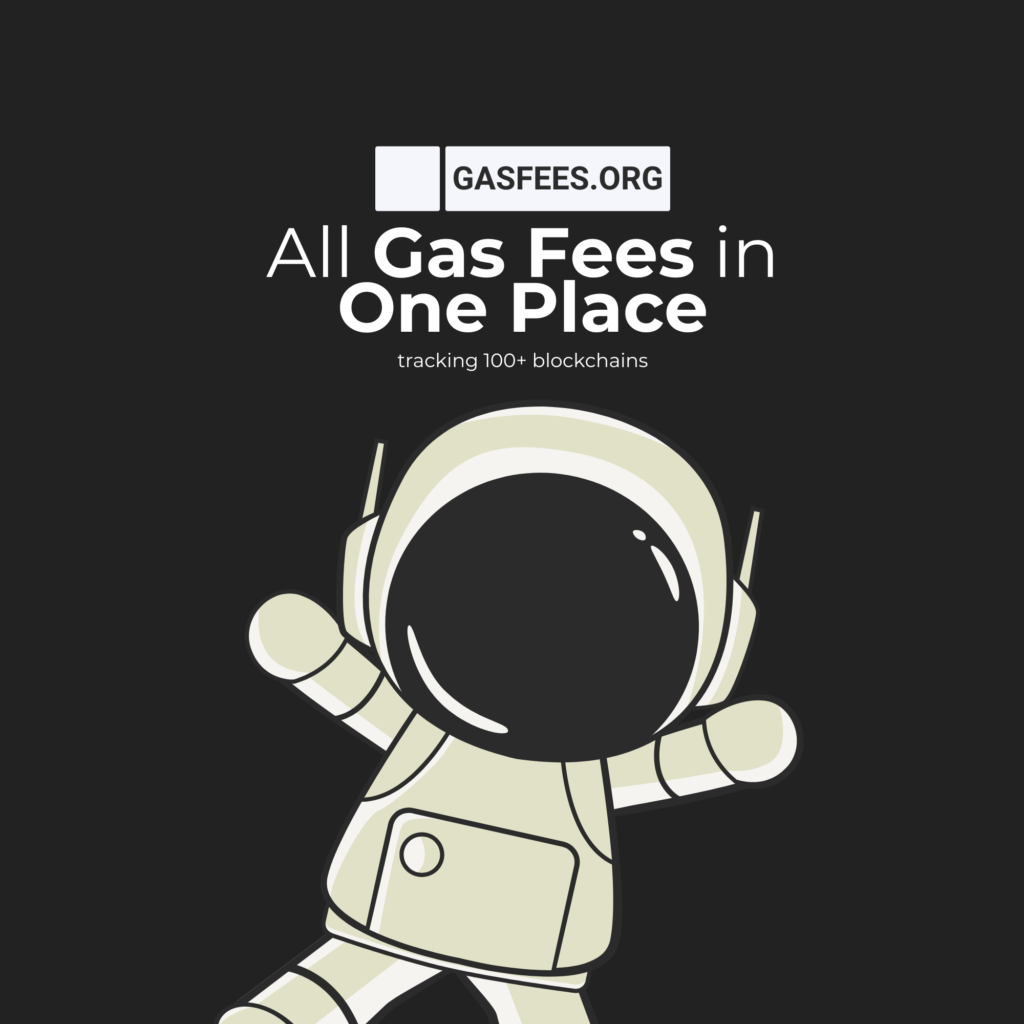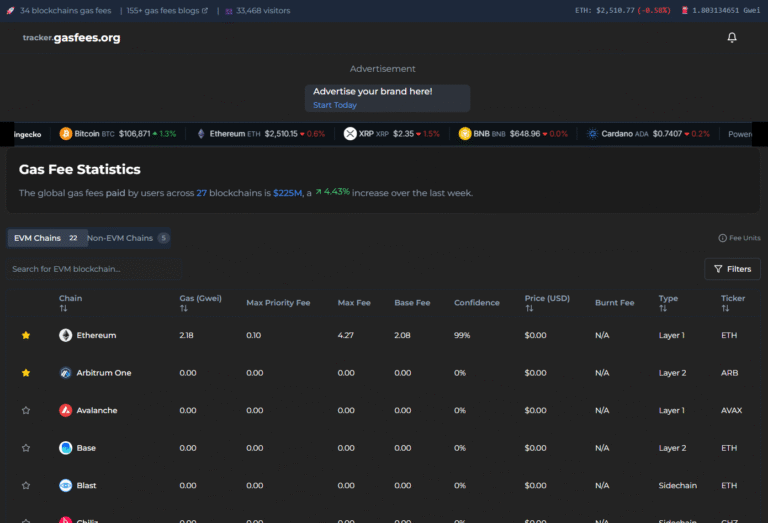
What Are Ethereum Classic Gas Fees?
Written By: Mr. GasMan
Imagine a high-performance sports car – sleek, powerful, and ready to conquer any road. Ethereum Classic, the Proof-of-Work fork of the Ethereum blockchain, embodies this same spirit. It’s a decentralized platform for dApps and smart contracts, but like any high-octane machine, it needs fuel to run. This fuel, in the Ethereum Classic world, comes in the form of gas fees.
Gas Fees: More Than Just a Toll Booth, a Symphony of Incentives
Think of gas fees as the invisible orchestra conductor in the Ethereum Classic symphony. Every transaction, from sending ETC to deploying a smart contract, requires these fees. They serve multiple crucial purposes:
- Incentivize Miners: Gas fees reward miners for validating transactions and securing the network, ensuring its smooth operation.
- Combat Spam and Malicious Attacks: High gas fees discourage frivolous transactions and attacks, contributing to a robust and secure network.
- Market-Driven Efficiency: Fluctuating gas prices encourage users to optimize their transactions, utilizing network resources efficiently.

Understanding the Gas Equation: Demystifying the Numbers Game
Calculating gas fees involves two key components:
- Gas: The unit of computational effort required for a transaction. More complex transactions, like smart contract execution, require more gas.
- Gwei: The denomination in which gas fees are paid. One gwei is equal to one billionth of an Ether (ETC).
The final gas fee is determined by multiplying the gas used by the gwei price. The gwei price, in turn, fluctuates based on network demand. When the network is congested, miners demand higher gwei prices to prioritize transactions.
Gas Fees: A Double-Edged Sword, Blessing and Burden
While gas fees are essential for Ethereum Classic’s security and decentralization, their volatility can be both empowering and frustrating.
The Benefits:
- Security: High gas fees deter spam and malicious attacks, contributing to a robust and secure network.
- Decentralization: Miners compete for transaction fees, ensuring no single entity controls the network.
- Market-Driven Efficiency: Fluctuating gas prices incentivize efficient use of network resources.
The Challenges:
- Accessibility: High gas fees can create barriers for entry, particularly for small transactions or users with limited funds.
- Price Volatility: Unpredictable gas prices can make budgeting and planning difficult.
- Scalability: As network usage increases, so do gas fees, potentially hindering Ethereum Classic’s scalability.
Navigating the Ethereum Classic Gas Landscape: Mastering the Art of the Wheel
While gas fees can be unpredictable, several strategies can help you maneuver effectively:
- Plan Your Transactions: Schedule transactions during off-peak hours when gas prices are typically lower.
- Utilize Gas Estimation Tools: Tools like GasNow and ETH Gas Station can help you estimate gas fees for your transaction.
- Consider Alternative Scaling Solutions: Layer 2 networks like Polygon and Optimism offer lower gas fees for specific use cases.
- Stay Informed: Keep track of Ethereum Classic developments and potential improvements to the gas fee system.
The Future of Gas Fees: Towards a Smoother Ride
The Ethereum Classic community is actively exploring solutions to address gas fee challenges. Potential advancements include:
- Proof-of-Stake (PoS) Transition: Shifting to PoS could significantly reduce gas fees by replacing energy-intensive mining with a more efficient staking mechanism.
- Scaling Solutions: Continued development of Layer 2 networks and sharding could improve transaction throughput and lower costs.
- Fee Market Optimizations: Proposals like EIP-1559 aim to introduce a dynamic fee market, making gas prices more predictable and efficient.

Unlocking the Potential: Gas Fees as the Key to Ethereum Classic’s Future
Understanding and effectively managing gas fees is crucial for utilizing Ethereum Classic’s full potential. While they may present challenges, gas fees are an integral part of this innovative blockchain, fueling its security, decentralization, and future growth. By staying informed, employing smart strategies, and embracing upcoming advancements, you
Share this blog:









